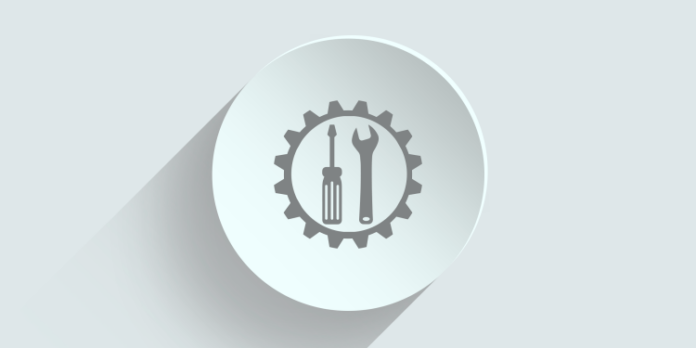A budding concept
DevOps — a term used to refer to the integration of software developers and operations teams — continues to spread like wildfire throughout the open networking ecosystem. The main idea behind DevOps is that by breaking down barriers between these two departments, market applications can be delivered faster with lower costs and better quality. Nevertheless, for all the advantages attached to DevOps, it is still a budding concept since it is primarily concerned with re-aligning the workforce with a variety of tools. The following, therefore, is a list of DevOps trends to keep an eye out for.
Microservices
The embracement of microservices has increased significantly in 2017. The technology packages monolithic codes into an isolated environment, which allocate various resources from the host operating system, such as memory and CPU. Because of their isolated nature, microservices are ideal for a DevOps work environment. They allow teams to take bits of functionality in microservices and create bigger systems from them. Individual microservices can be scaled out to provide greater storage capacity and efficiency.
Tool consolidation
There are an overwhelming amount of DevOps tools available today, with Chef, Puppet, Ansible and Salt abound. Several of these tools are intended to automate aspects of the software delivery process. Consequently, there has been a need consolidate such tools to meet the needs of the delivery cycle process. Many companies have been looking to invest in a handful of “best in breed” tools. Cisco, for example, acquired AppDyamics for $3.7 billion this year to bolster its DevOps agenda. Many others businesses are seeking to boost their tool offerings to provide an encompassing set of capabilities for clients.
Increased security
Security has moved deeper into the development cycle of DevOps operations throughout the year as well. Puppet, for example, found in its 2017 State of DevOps Report that melding security with software delivery impacted continuous delivery for the better. In particular, the report found that high performers spent 50% less down time remediating security than low performers both this year and last, underscoring the need to involve security quality teams in the development process early and often.
More automation
Automation has always been a key element of a DevOps work environment. According to the 2017 State of DevOps Report, it is a key differentiator for business enterprises. When high performers were compared to low performers, the report found high performers do significantly less manual work, automating their configuration management, testing, deployment and approval process.
Big Data
Similar to the industrial internet of things (IoT), automated software releases produce a mountain of data that needs to be analyzed. As a result, there has been an increased need to leverage machine learning to review this data to produce actionable reports, provide decision makers with pivotal pieces of information, automate processes and integrate with other company applications.
For an in-depth review of some of the most popular DevOps tools on the market today, click here.

